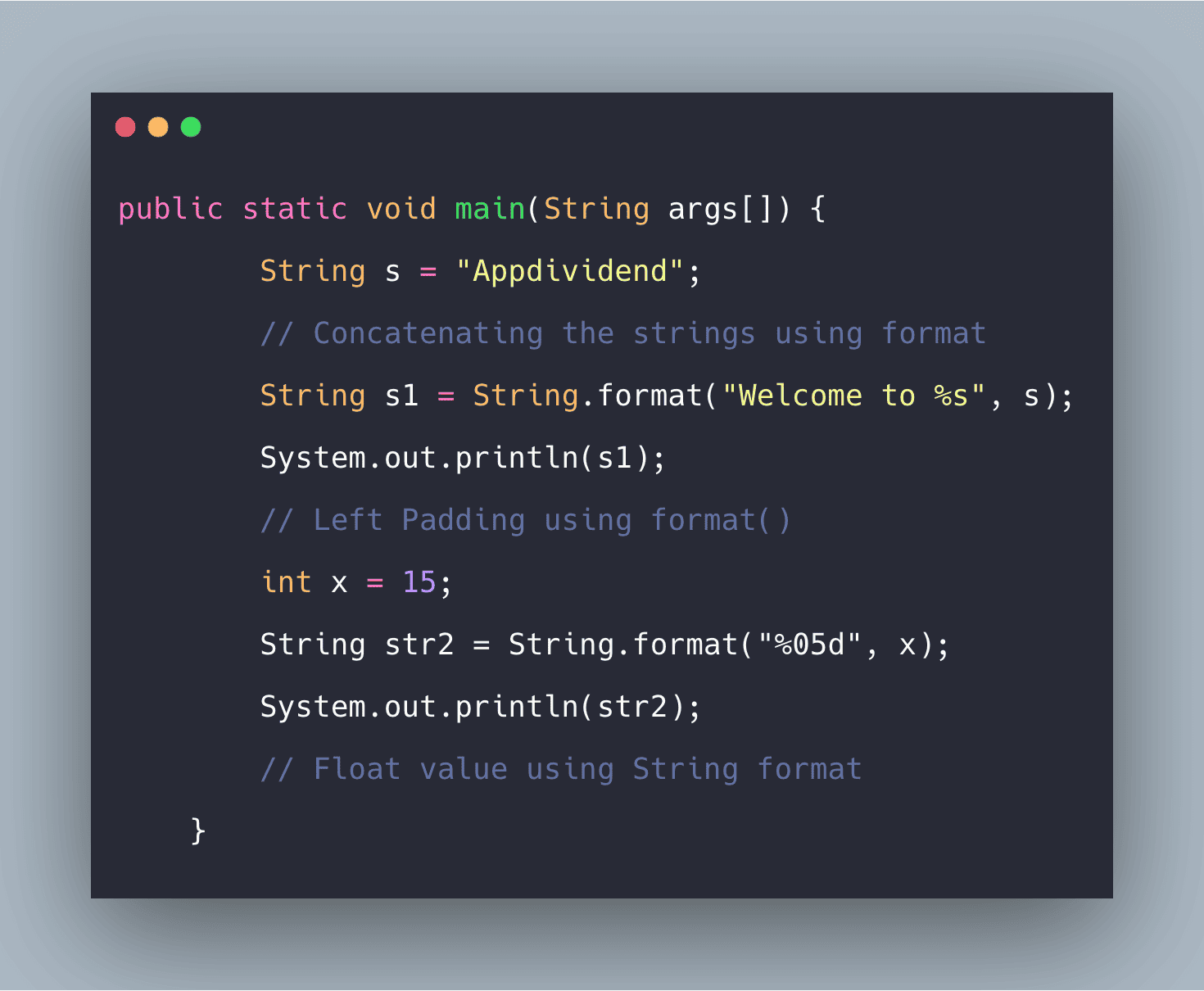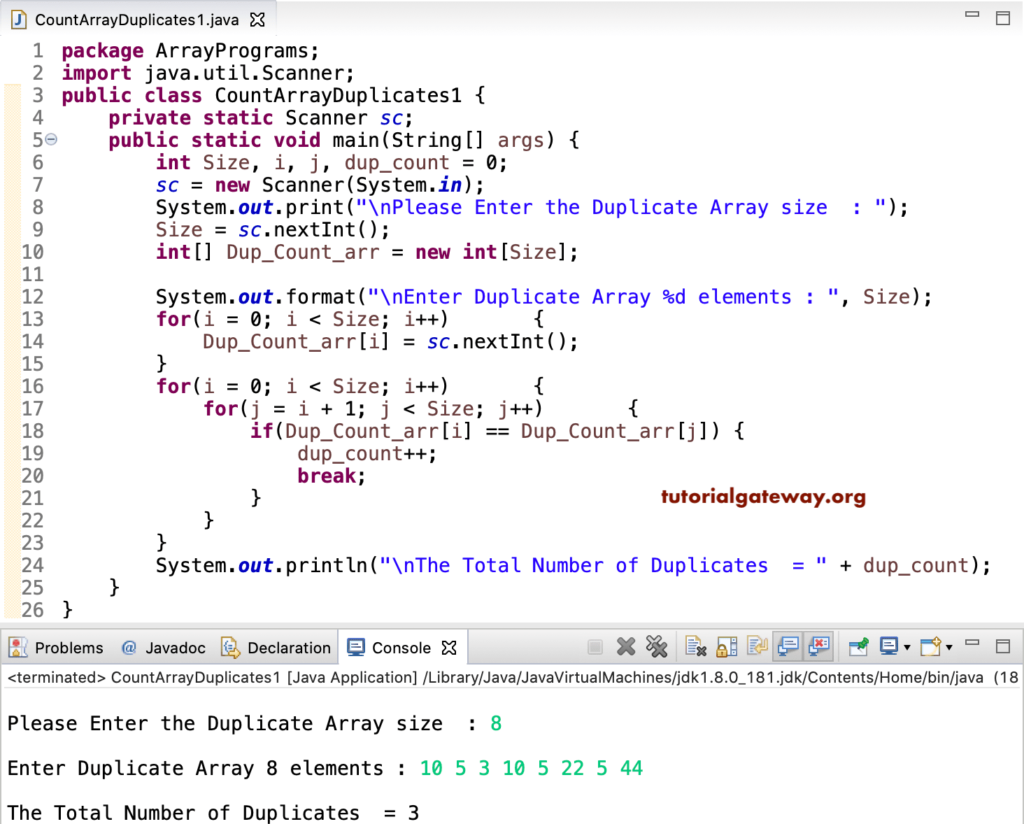

You can get a list of all available time-zone ID's via: (ZoneId.getAvailableZoneIds()) You can also pass a ZoneId to the method to retrieve the date based on the specified time-zone, instead of the default one: LocalDate date = LocalDate.now(ZoneId.of( "Europe/Paris")) // Gets current date in Paris
Java format int as timer counter code#
Running this piece of code would yield: 05-02-2020 We can format this object: DateTimeFormatter formatter = DateTimeFormatter.ofPattern( "dd-MM-yyyy") This time around, instead of initializing a new object, we're calling the static method now() which returns the current date according to the system clock, with the default time-zone. This means that we can only get the current date, but without the time of the day: LocalDate date = LocalDate.now() // Gets the current date LocalDate represents just a date, without time. The Date/Time API provides multiple classes that we can rely on to get the job done:
Java format int as timer counter how to#
It's still useful to know how to get the current date and time using the previous two classes since not all applications have yet migrated to Java 8. Java 8 introduced us to a whole new API, which was included in the build to replace and. Since SimpleDateFormat only works with Date objects, we're calling the getTime() method of the Calendar class to format it. The getTime() method returns a Date object. Getting the current date and time is really easy using a calendar: Calendar calendar = Calendar.getInstance() // Returns instance with current date and time setĪgain, we can easily format this: SimpleDateFormat formatter = new SimpleDateFormat( "dd-MM-yyyy HH:mm:ss") We can format this date easily: SimpleDateFormat formatter = new SimpleDateFormat( "dd-MM-yyyy HH:mm:ss") Īnd running this piece of code would yield: 05-02-2020 10:12:46Īmongst Java's myriad of classes is the Calendar class, which is used to convert dates and time between specific instants and the calendar fields.

In Java, getting the current date is as simple as instantiating the Date object from the Java package java.util: Date date = new Date() // This object contains the current date value Note: Keep in mind that this method returns the current value depending on your system time. Running this piece of code would yield: at 10:11:33 UTC SimpleDateFormat formatter= new SimpleDateFormat( "yyyy-MM-dd 'at' HH:mm:ss z") ĭate date = new Date(System.currentTimeMillis()) When converting this number back to a human-readable date, it represents: Wednesday, 5 February 2020 10:08:33.933Īnd to do this in Java, we need only a couple of lines of code:

Printing this value out would result in something similar to this: 1580897313933 If you'd like to get a single numeric value of milliseconds passed since the UNIX epoch, it's as easy as: System.currentTimeMillis() Long story short, getting the current date and time in Java is very important and has a myriad of usages, and thankfully, it's really easy to attain it for any kind of use.



 0 kommentar(er)
0 kommentar(er)
